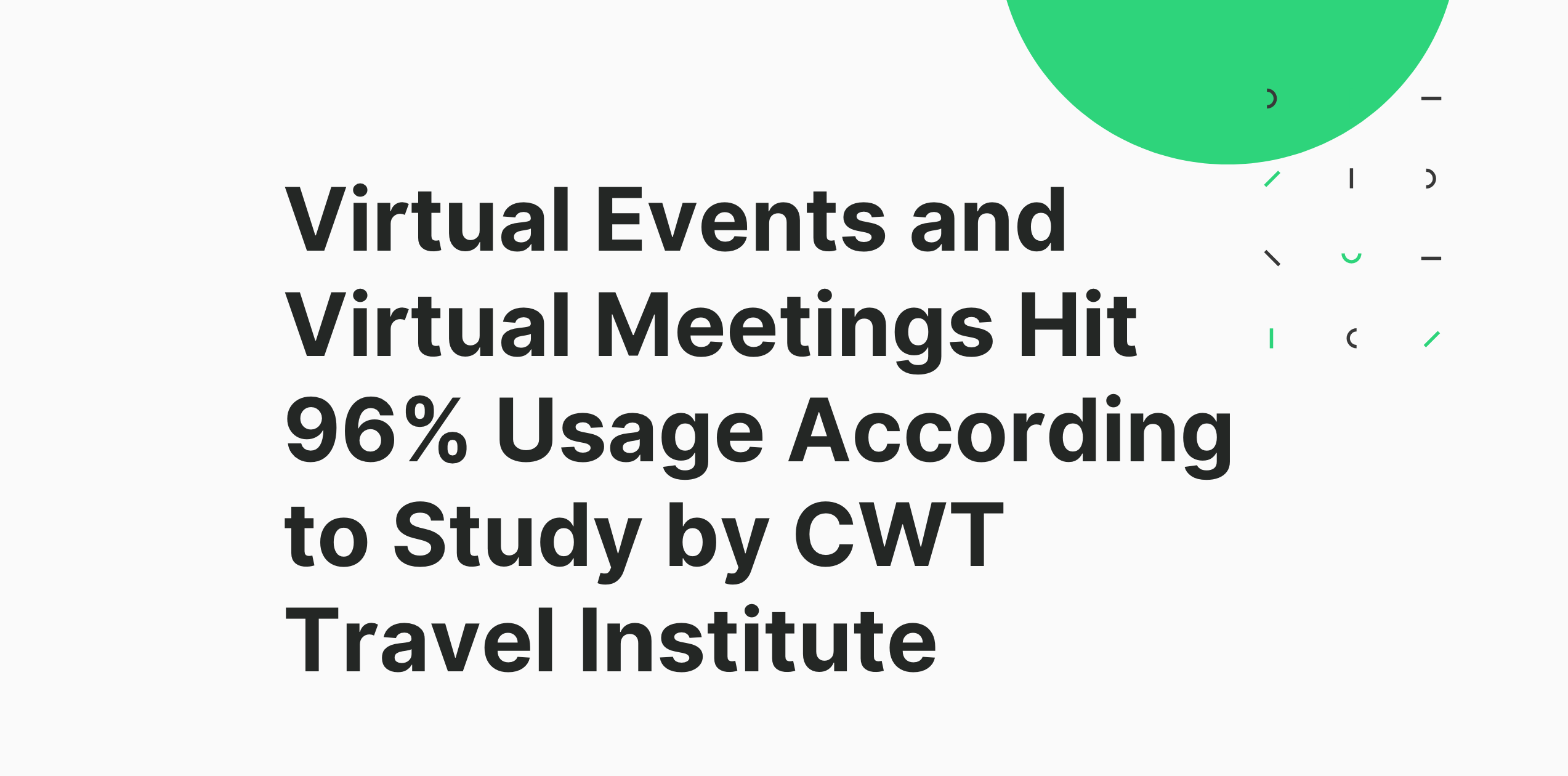The Meeting & Events: Where Savings Meet Success study surveyed of 2300 event and meeting producers and provides some good basic information for face-to-face as well as virtual events and meetings. They pegged the global meeting and event industry at $650 billion per year with historic growth at 4 to 5 % per year. The market dropped 20 to 30% from 2008 to 2009 in developed economies and 30 to 40% in developing economies. The study was completed in March of this year and they are predicting a recovery to growth by the end of 2010. (Great news so book your travel to the January 12-13 2011 Virtual Edge Summit in Las Vegas now and see why even with a return to business travel, event and meeting producers are adding more virtual elements!)
The report says that the US market is 40% of the global market making it worth about $240 billion a year now. Pharmaceutical/medical, consulting, food & beverage, banking/finance and IT place the most strategic selling value in meetings and events with manufacturing the least. Tracking and measuring the ROI of meetings and events is considered highly important for publicly held companies.
When looking at what is important to attendees, the study found that top of the list was the value they derived from the meeting or event followed closely by the convenience of access. Of lowest importance was the attractiveness of the destination. These finding all are positive measures for well produced virtual events and meetings.
A whopping 96% of the respondents report their organization using virtual events and meeting solutions and 80% say it continues to grow. Drivers include advances in the technology available, increase cost reductions and where a company has a “green” initiative, reduced carbon footprint ranks high followed by increased employee productivity and better work/life balance.
Of course, most respondents feel that virtual events cannot replace face to face especially when it comes to large meetings where there is a high need for interactivity; the study mentioned that virtual alternatives now add a better go/no-go rationalization option.
Bottom line: virtual elements for events, meetings and learning will continue and if the economy continues to struggle, adoption will accelerate even more. The use cases will increase as the technologies improve–which they will, and when people are ready (maybe in a generation but let’s hope it doesn’t take that long) to turn on their webcams, then we’ll see a big increase in engagement. Just try and do a skype video call or a video web conference and notice how your attention and focus changes.
